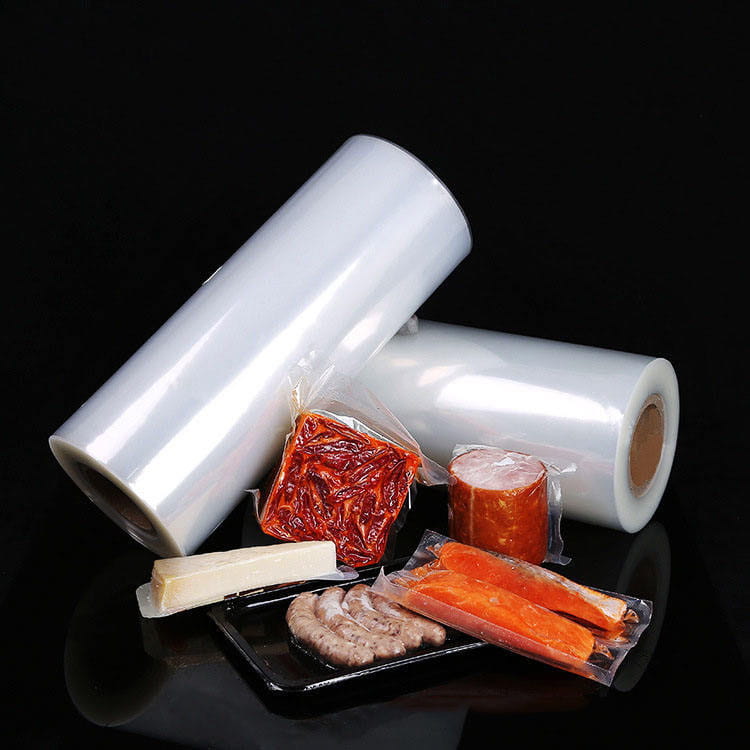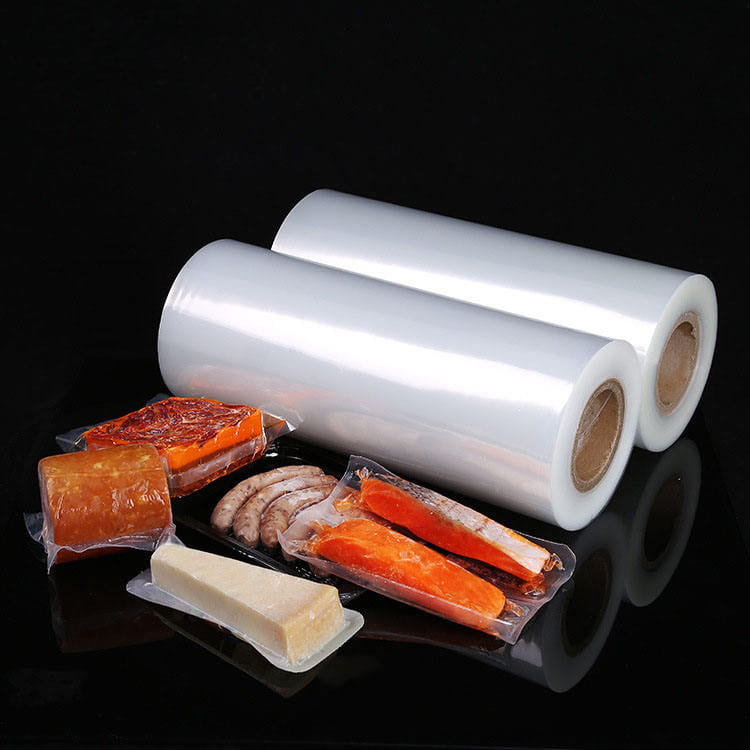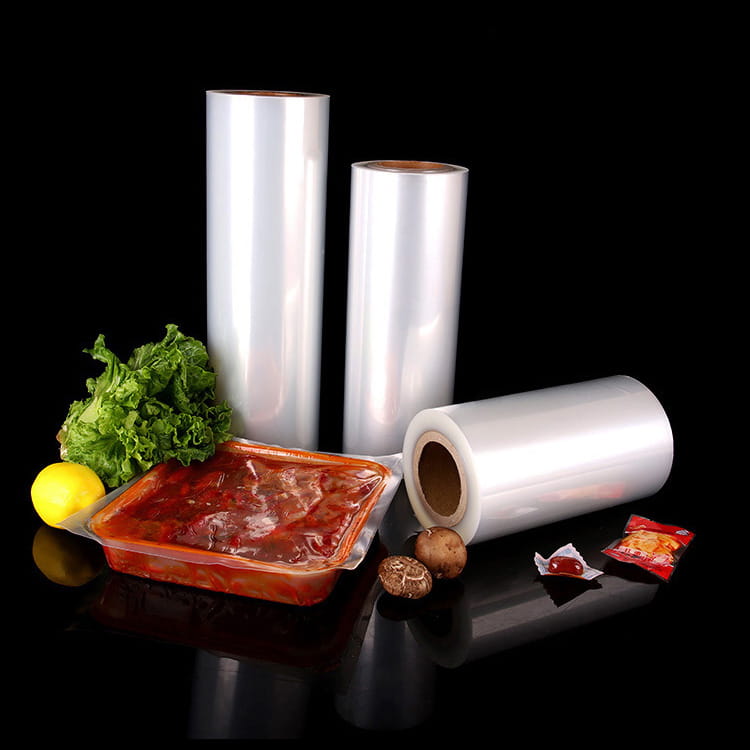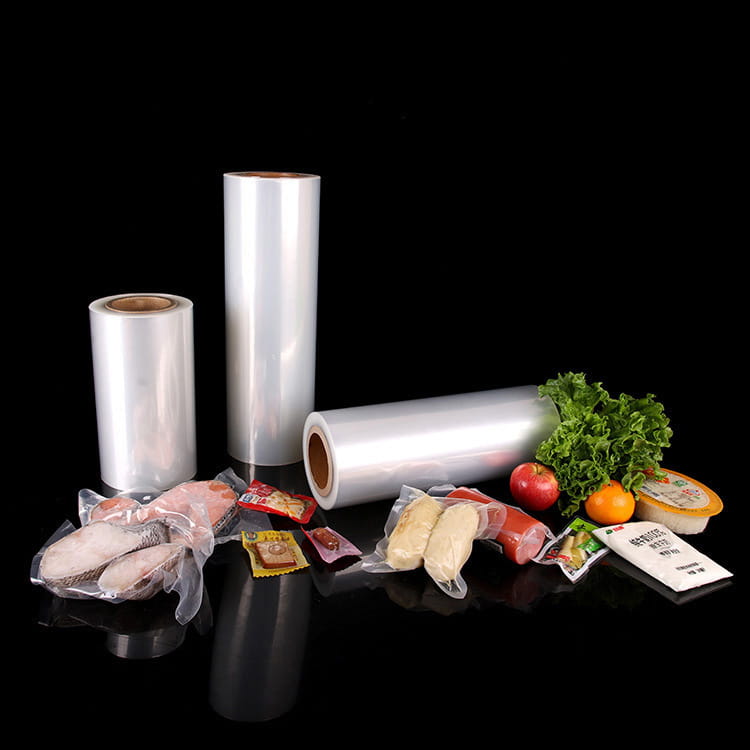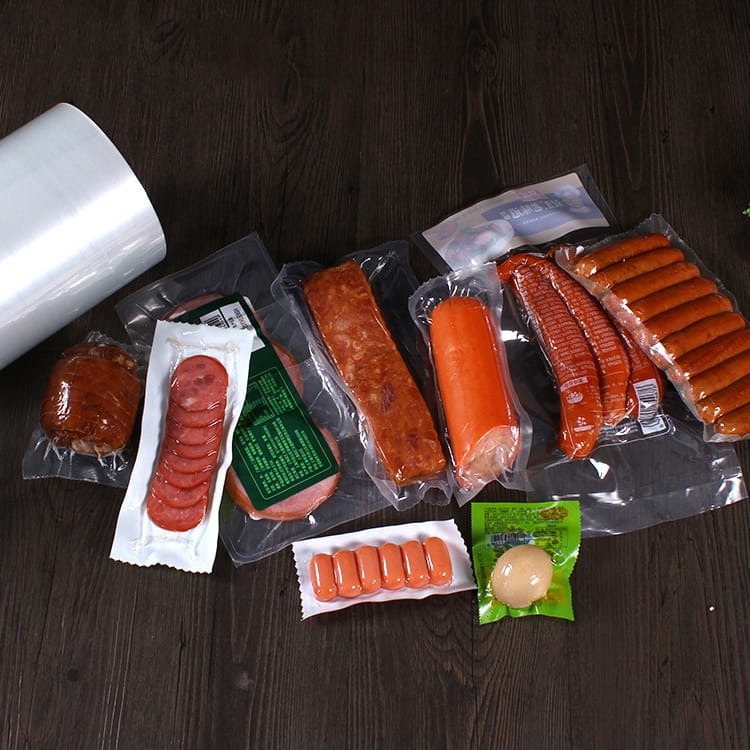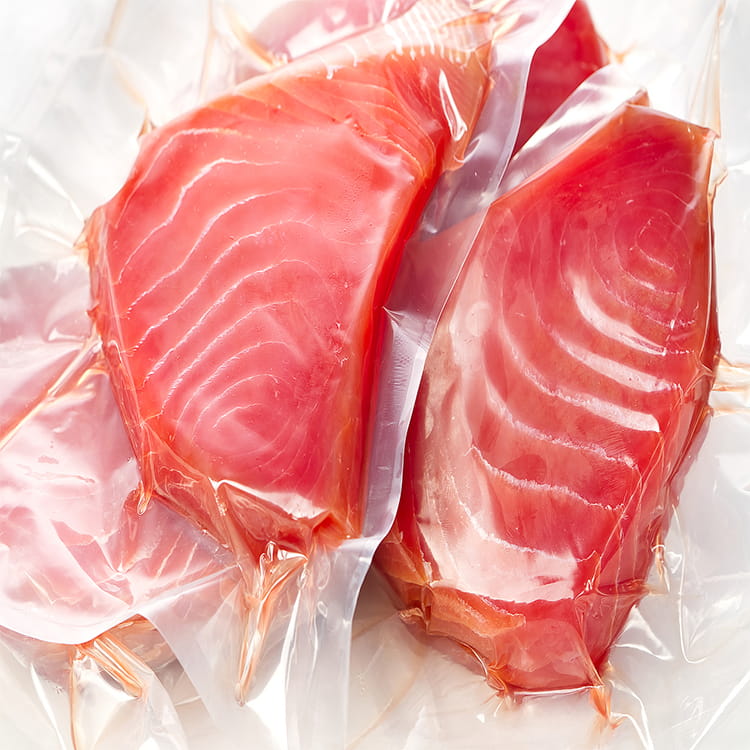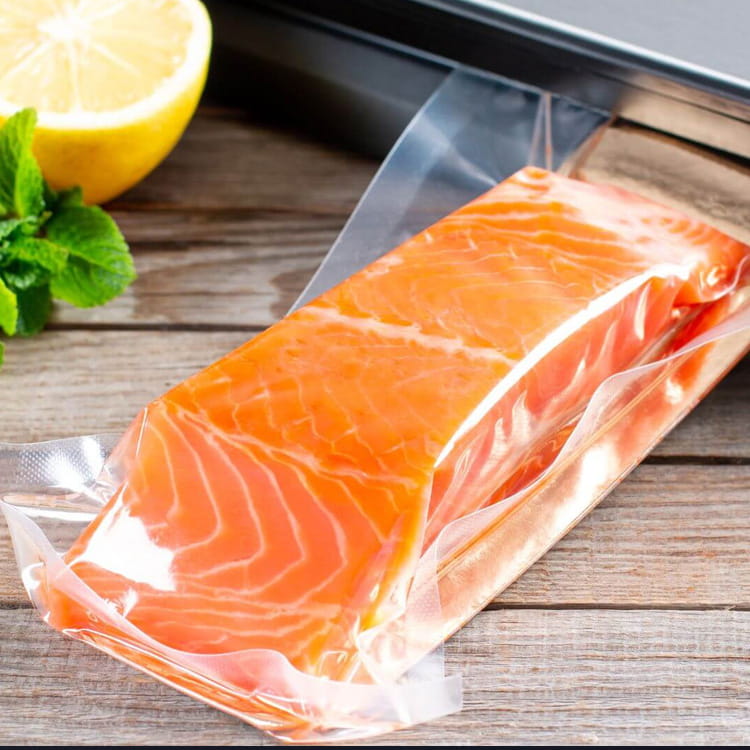In the vast market of substrate protective film, PE protective film made of polyethylene (PE) plastic film as the substrate has become one of the most widely used protective films in the market today due to its excellent comprehensive performance. Behind this phenomenon is the unique molecular structure, physical and chemical properties of PE plastic film and a series of advantages derived from it, which makes it stand out among many substrates and become the mainstay of the protective film industry.
The molecular structure of PE plastic film gives it inherent performance advantages. Polyethylene is polymerized from ethylene monomers, and its molecular chain structure is regular and the intermolecular force is moderate, which makes PE plastic film have good flexibility and ductility. This flexibility allows PE protective film to fit tightly to the surfaces of objects with various complex shapes, whether it is a curved electronic product shell or a special-shaped mechanical part, it can achieve seamless coverage and provide all-round protection for the protected object. At the same time, moderate ductility ensures that the protective film is not easy to break during the stretching process, and can adapt to different construction environments and operating requirements, greatly improving the applicability and reliability of the product.
From the perspective of physical properties, the density difference of PE plastic film creates the unique characteristics of different types of PE protective films. The protective film made of high-density polyethylene (HDPE) has a high degree of crystallinity due to its tightly arranged molecular chains, which gives it excellent hardness and rigidity. In the face of external impact and friction, the protective film made of HDPE can effectively resist scratches from sharp objects with its hard surface and protect the surface integrity of the attached object. In addition, HDPE also has good heat resistance and can maintain a stable physical form under high temperature environments, preventing the protective film from losing its protective effect due to heat deformation or melting, and is suitable for production, processing and transportation links with high temperature requirements.
In contrast, the protective film made of low-density polyethylene (LDPE) is known for its excellent flexibility and transparency. The LDPE molecular chain has a high degree of branching and a relatively low degree of crystallinity, making the film soft and elastic. This characteristic enables the LDPE protective film to be closely adsorbed when it is attached to the surface of the object, and it is not easy to produce bubbles and wrinkles, ensuring a good fit between the protective film and the protected object. At the same time, LDPE has extremely high transparency and can clearly show the appearance of the protected object without any impact on its visual effect. Therefore, in the field of high transparency requirements, such as the protection of electronic product displays, glass products, etc., LDPE protective film plays an irreplaceable role.
In addition to physical properties, the chemical stability of PE plastic film is also an important reason why it has become a mainstream substrate. PE plastic film has good tolerance to most chemicals and is not easy to react chemically with acids, alkalis, organic solvents, etc. This feature enables PE protective film to effectively protect the attached objects from chemical corrosion and pollution in complex chemical environments. In the production and processing of the hardware industry, metal materials are often exposed to various chemical reagents and coolants. PE protective film can resist the erosion of these chemicals and ensure that the finish and performance of the metal surface are not affected. In the field of food packaging, the chemical stability and non-toxic and harmless characteristics of PE protective film enable it to be safely in direct contact with food, effectively preventing food from external contamination while maintaining the freshness and quality of food.
In terms of production and processing, PE plastic film has good processability and can be made into protective films of different thicknesses and specifications through various processes such as blow molding and cast film. These processing technologies are mature and stable, with high production efficiency, and can meet the needs of large-scale industrial production. PE plastic film has good compatibility with various adhesives. According to different application scenarios and needs, suitable adhesives can be selected to prepare PE protective films with different viscosities. From low-viscosity temporary protection to high-viscosity long-term fixation, PE protective films can meet diverse market needs by adjusting adhesive formulas and processes.
In addition, PE protective films have many advantages during use. Its easy-to-peel feature allows it to be easily torn off the surface of the protected object after completing the protection task, without leaving any glue marks, and without causing secondary pollution and damage to the surface of the object. This convenience greatly improves production efficiency and reduces subsequent processing costs. The price of PE protective film is relatively affordable. On the premise of ensuring excellent performance, it has a high cost-effectiveness and can provide economical and affordable protection solutions for enterprises and consumers.


 English
English عربى
عربى



